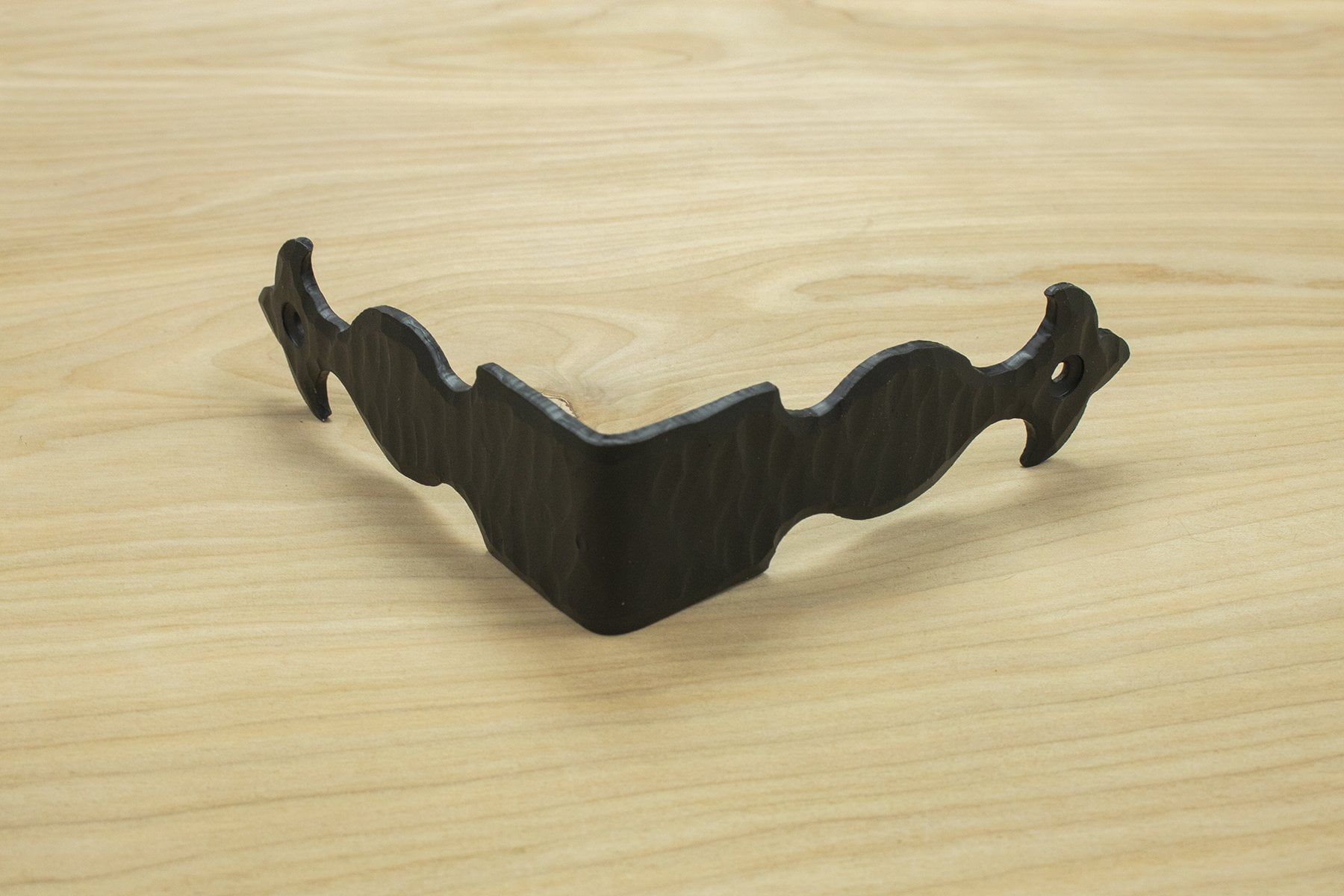
#Latex brackets table pdf#
Some PDF conversion software reduces font size.Smaller text in figures, graphs, diagrams and charts is acceptable, as long as it is legible when the page is viewed at 100%.


Although font requirements apply to all attachments, they are most important and most heavily scrutinized in attachments with page limits. We have very specific attachment formatting requirements. Failure to follow these requirements may lead to application errors upon submission or withdrawal of your application from funding consideration.įont (size, color, type density) and Line SpacingĪdherence to font size, type density, line spacing, and text color requirements is necessary to ensure readability and fairness. We require PDF format to preserve document formatting and a consistent reading experience for reviewers and staff.

Attachments are documents that are prepared outside the application using whatever editing software you desire (e.g., Microsoft Word), converted to PDF format, and then added or uploaded to your application. This page provides guidance on attachments. You'll find several kinds of fields in your application forms - check boxes, dates, data entry fields, and attachments. Combining Information into a Single Attachment.In these cases, to override LaTeX reading it as code, you need to add a backslash to the front of the symbol. For example, a percent sign (%) at the start of a line will ignore anything in that line (it acts as a comment for the editor and will not show up in the document). LaTeX has embedded commands in the form of symbols. So, unlike in say, Word, what you see is not what you get. Some other symbols are used to typeset special characters. Some symbols are used to communicate with the typesetter. However, it will not add things like parentheses, so you must include that yourself if you need them.Īnother one of the ways that LaTeX is different from a typewriter or a traditional word processing program is the way that special characters are treated. Note that when you use this, LaTeX will format it according to whatever bibliography style you’ve chosen (or, if embedded, according to the document class). Within your document, whenever you wish to cite a reference from your bibliography, you use the following command: These tags must be unique, because we will use them for citations. Notice that in either form, we assigned a tag ( ref1 in this case) to each of our references. In this example, the references are compiled in Ref.bib.įinally, whether using BiBTeX or embedding the bibliography, you will likely want to cite the references throughout your document. The second line provides the name of the ‘.bib’ file that contains the list of reference. One of the links in the resources provides information on the different bibliography styles available and what they will look like.

There are formats that adhere to APA and MLA, in addition to others. For example, an instructor may expect a certain format if you are submitting a class project, or a journal may require another format if you are submitting an article for publication. The first line specifies the style and formatting of your bibliography, which you may want to change depending on your needs. In general, the word environment refers to a section of your LaTeX edior that follows a certain format, has its own reference scheme, or has specific command options different from the rest of the document, and it is characterized by \begin line), you use the following commands: You begin and end this section of the document through the commands: The commands and formatting options available vary by document class, but they are all similar in nature. You may also format it to your liking through the use of chapters, sections, paragraphs, and appendices. You may include header information such as the title, subtitle, author, date, and abstract. The Document Environment is the body and actual content of your document and includes texts, tables, figures, images, equations, and anything else you wish to include in your actual document. For example, if we wish to write a journal article with 11pt font and use the package “graphicx”, our first two lines of our LaTeX program would look like: The Preamble includes defining the type of document you wish to create (such as an article, book, report, etc.) as well as a call to any packages you wish to use in addition to the default packages. Each LaTeX program has these three general parts:


 0 kommentar(er)
0 kommentar(er)
